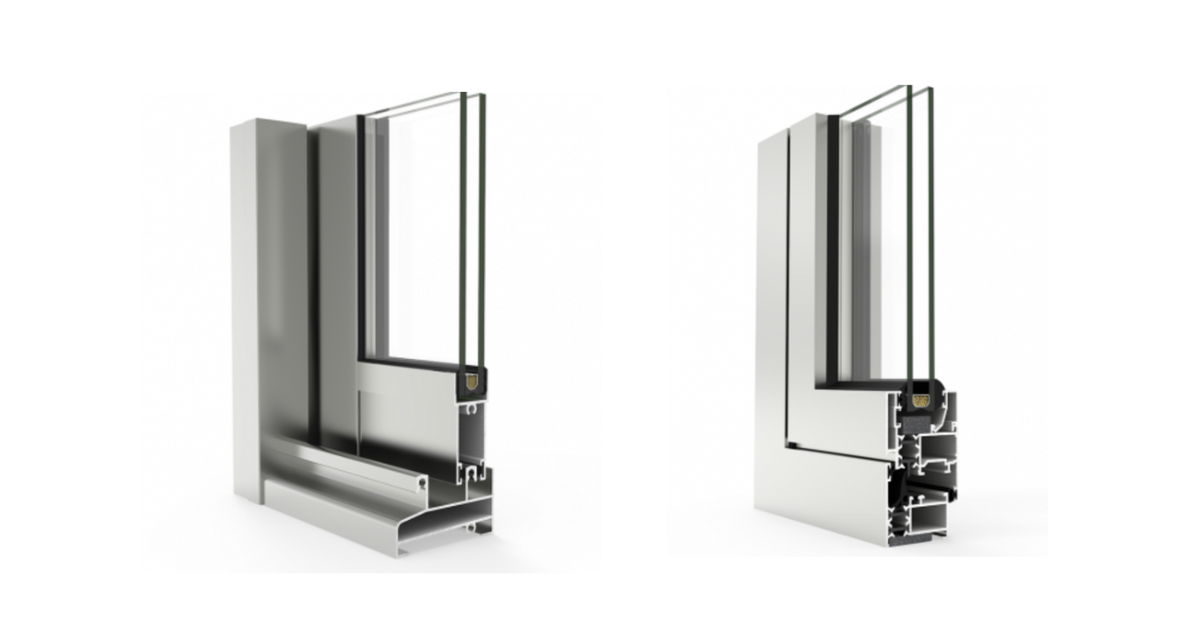|
Thermally broken and non-thermally broken aluminum frames are two types of construction methods used in aluminum windows and doors. Let's compare them:
Consulting with our technical professionals at ALUSMART can help determine the most suitable option for your specific situation.
0 Comments
Leave a Reply. |
Author
Natanael Costea, passionate about Sustainable Smart Homes Archives
Categories
All
|


 RSS Feed
RSS Feed
